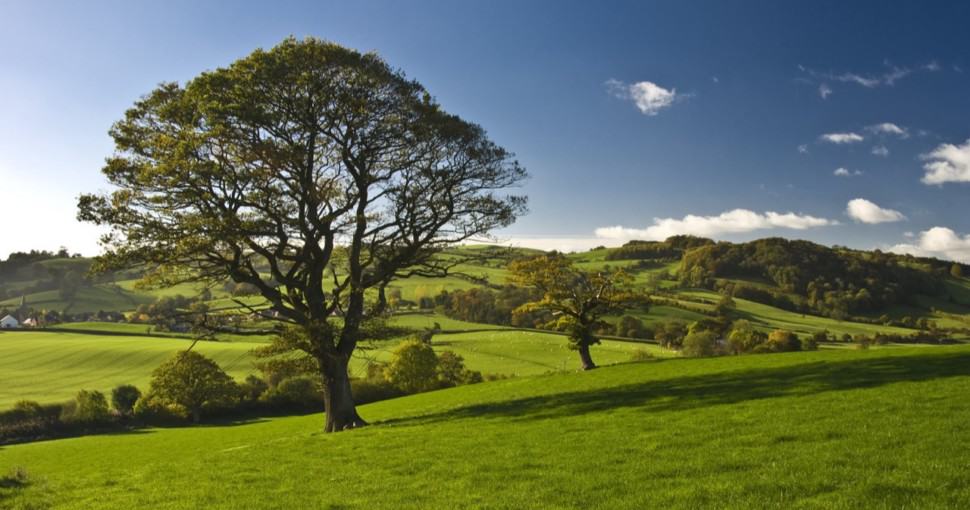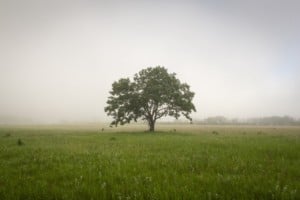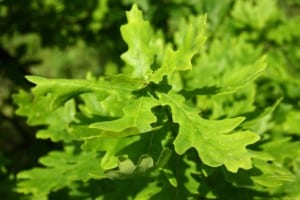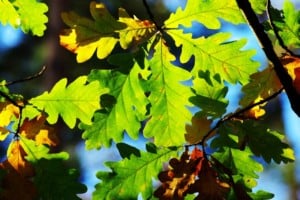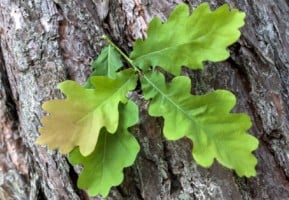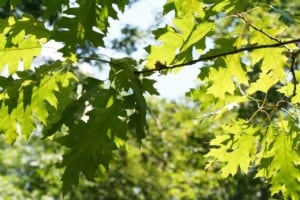Do you plan to grow a tall and stately Oak tree on your property in Britain? Well, the United Kingdom has some truly distinctive varieties of Oak trees growing on its grounds that you can choose to plant in your garden. Read on to discover the types of Oak trees in Britain!
Contents
Oak Trees are part of the Quercus genus. They are evergreen or deciduous trees that can grow up to massive heights and have incredibly durable wood. These specimens are known to thrive in a vast array of conditions.
Oak is a hardwood species decked with stunning fall foliage, non-showy, monoecious flowers, and wildlife-attracting, brown, chestnut, or copper-hued acorns with scaly, shrivelled cups. Wood manufacturers worldwide use the wood of Oak Trees to make furniture, flooring, transport vessels, musical instrument, baskets, and so much more.
Many varieties of Oak trees have been naturalized in Britain. Some types are also native to the island nation. The most popular trees in Britain include Horse Chestnut, Holly, Wild Cherry, Silver Birch, and English Oak. Apart from the Common Oak, Britain’s soil can also grow Sessile Oak, Red Oak, and Holm Oak.
The counties in Great Britain enjoy a temperate climate, with cool, wet winters and warm, wet summers. However, some parts of the UK experience dry weather year-round. The UK also has a versatile and beautiful landscape with low-lying, flat countryside, striking moorlands, rolling hills, U-shaped valleys, stony moraines, pretty lakes, glacial mountains, and stunning beaches.
Due to its wet climate and versatile soil and landscape, many Oak varieties thrive in the UK. However, if you want to grow an Oak Tree on your property in Britain, you will need to take care of its water, soil, and sun requirements so that it can bear prolific crops of acorns. The fruits will attract varied wildlife, such as birds, bees, cows, deer, and more, to your property.
Here are all the types of Oak Trees in Britain that you can grow in your garden:
1. Sessile Oak Leaf (Quercus Petraea)
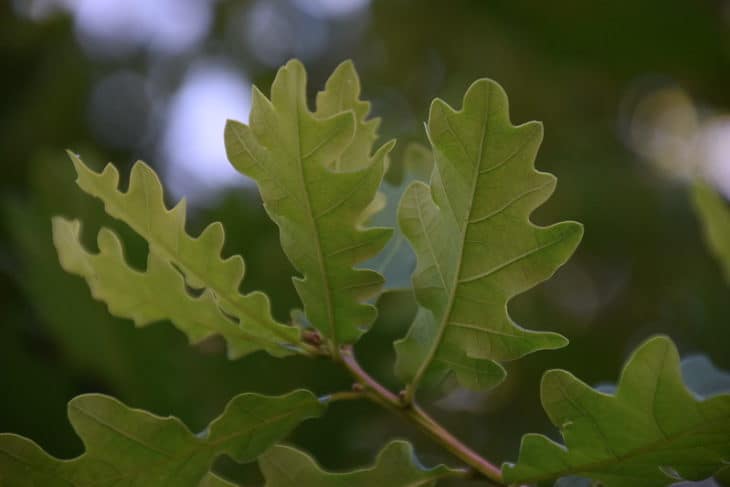
Sessile Oak is a long-living, large, deciduous tree native to many parts of Europe. It prefers to grow in full sun in fertile, moist, free-draining, acidic soils. Sessile is the national tree of Ireland. This mildew-resistant tree features a broad, rounded crown, a gray, smooth bark, and stalk-less, copper or brown-hued acorns that grow in clusters from the tree stem. Sessile Oak features green, simple, obovate, alternate, lobed, undulate, glossy leaves with pubescent undersides. This tree has golden-yellow fall foliage.
2. Pedunculate Oak (Quercus Robur)
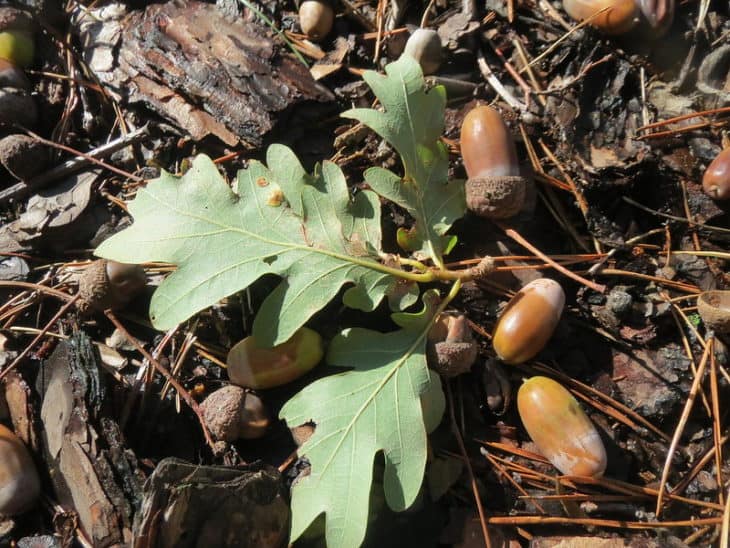
Also known as English Oak and Common Oak, Pedunculate Oak is a large, deciduous specimen that grows to a height of 65 feet to 130 feet. This tree features a broad, spreading crown, sturdy branches, and lobed, smooth-edged, rounded, short-stalked, green leaves. It also grows hanging clusters of round buds that turn into small, yellow blooms. The flowers give way to green acorns that grow on long stalks and turn brown with age. This specimen thrives in full sun and free-draining soil.
3. Bowthorpe Oak (Quercus Robur)
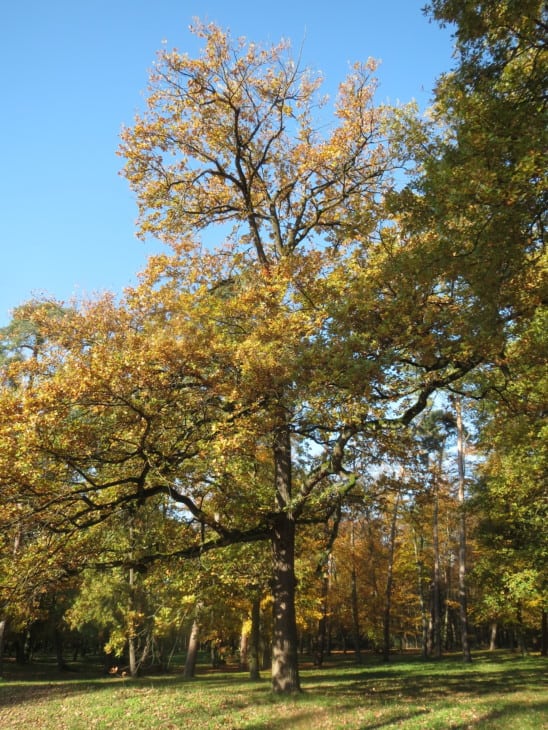
Bowthorpe Oak is an old English Oak set in the striking south Lincolnshire landscape. Rooted in a grass paddock behind a 17th-century farmhouse, this majestic old Oak is an attractive specimen thanks to its size and natural beauty. According to experts, this tree might be over 1000 years old! It has a naturally hollow trunk that animals use for shelter. The farm allows visitors to come and witness the Bowthorpe Oak in all its glory. Due to its sheer growth and width, the tree is supported by three chains to prevent it from falling over.
4. Birnam Oak (Quercus Petraea)
Birnam Oak is a famous Sessile Oak thought to be one of the two surviving trees of Birnam Wood, which used to be a vast medieval forest that surrounded the banks of River Tay in Scotland. Even though the Oak Tree’s exact age is unknown, it’s said to be at least 600 years old. Shakespeare made this Oak famous in his popular play Macbeth, in which he mentions it as the Birnam Wood. The renowned playwright is said to have visited the tree in 1589. Birnam Oak has a partially hollow trunk and lower, gnarled branches that rest of wooden supports. Despite its age, the large branches grow leaves each year.
5. Holm Oak (Quercus Ilex)
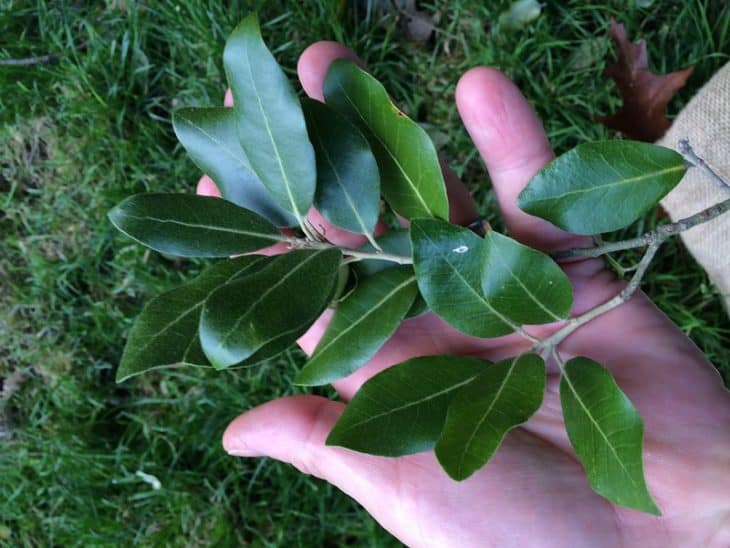
Holm Oak is a broadleaf, evergreen tree that can grow up to a height of 65 feet. It features a vast, spreading, rounded crown and a black, finely cracked bark. This tree was first introduced in Britain in the late 1500s. It has slender twigs covered in light brown, felt-like hair.
Holm Oak leaves are glossy, evergreen, oval-shaped, dark green to black-hued, and smooth-edged and have pale hairs on their undersides. This tree grows elongated catkins of small, yellow-hued male and female blooms. It also yields tiny, pointy-tipped, green-hued acorns that turn dark red-brown with age. This tree cannot stand freezing conditions, which is why it’s more popularly planted in South Britain.
6. Red Oak (Quercus Rubra)
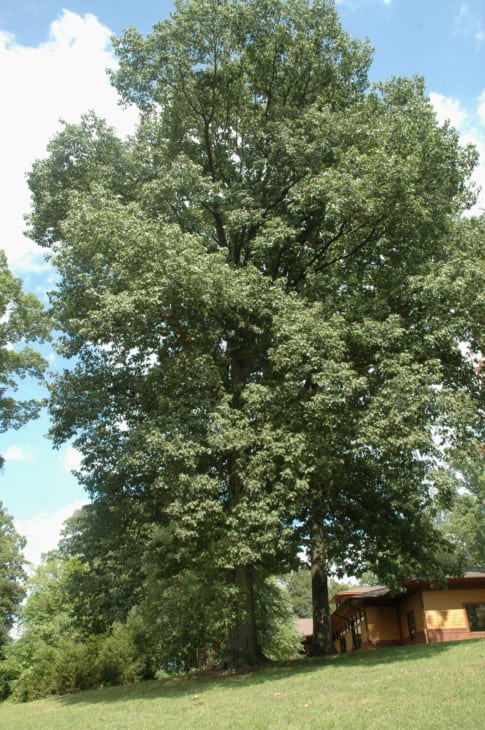
Red Oak or Northern Red Oak is a popular Oak species in the Northern Hemisphere. It gets its name from its stunning red fall foliage. Red Oak is a wide-spreading tree that thrives in sun-kissed locations in moist, free-draining, fertile, acidic soils. This durable specimen can reach a height of 50 to 70 feet. It features a broad-spreading, irregular crown decked with lobed, dark green, lustrous, sharp-edged leaves. Red Oak produces non-showy, monoecious flowers and round, brown-hued acorns with saucer-like cups.

